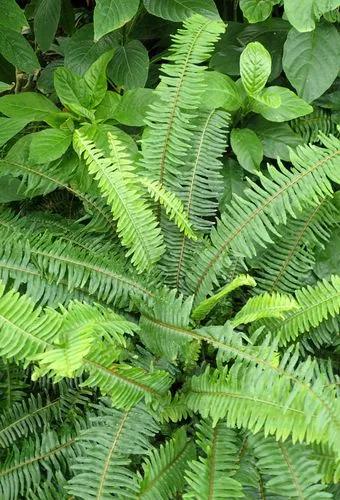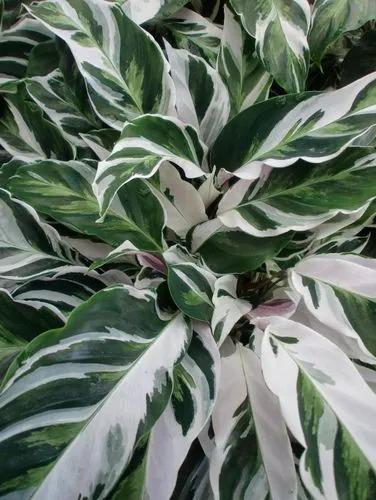Aglaonema commutatum, commonly called Chinese evergreen, is an evergreen perennial that generally resembles dieffenbachia (dumb cane) in appearance. It typically grows to 20” tall. Thick, elliptic to lance-shaped, dark green leaves (to 4-8” long and 2-3” wide) with attractive silver-gray blotches on erect, sometimes branched stems. As a houseplant, it rarely flowers. Each axillary flower (typical arum family) features a small creamy white spadix enclosed by a pale green spathe, usually in late summer to early fall. Clusters of red berries follow the flowers. Genus name comes from the Greek words aglaos meaning bright or clear and nema meaning a thread in reference to the stamens. Specific epithet means changing in form.
Anglaonema Care
Anglaonema Commutatum



How to Care for the Plant

Water

The Chinese evergreen plant thrives in moist—but not water-logged—soil. To achieve this balance, water your plant thoroughly, then allow it to dry out before watering again. You can maintain this cadence through the spring, summer, and fall, tapering off in the winter (but never letting the plant dry out completely

Pruning

Prune off any dead leaves in order to keep the houseplant looking its best. Trim them off as low as you can by reaching deep into the center of the plant. Another occasion for trimming Chinese evergreens comes in the spring if the plant produces flowers.

Fertilizer

For best results, feed your Chinese evergreen with slow-release pellets or liquid fertilizer twice a year, at the beginning and end of its growing season.

Soil

A peat-based potting soil with extra perlite is recommended, but you can also consider blending in a bark-based orchid mix. The soil itself should be reasonably nitrogen-rich, but should be loose and not densely-packed. Lightly-acidic soil in a range of 5.6-6.5 pH is recommended for aglaonema growers.

Temperature

Aglaonemas prefer temperatures between 70 and 85 degrees fahrenheit. Night time temperatures should not vary more than a 10 degrees drop. Always be sure to assess your plant's watering needs upon receiving it.

Additional

To humans and animals, it is poisonous if ingested (or if the juice from the plant is touched). The plant is a member of the Araceae family, also known as the Arum-likes, and includes some forty species. Indigenous Aglaonemas also have variegated leaves and generally remain quite small. As an attractive foliage plant, Aglaonema also purifies the air, creating a healthier indoor climate.

Popularity

269 people already have this plant 35 people have added this plant to their wishlists
Discover more plants with the list below
Related articles






